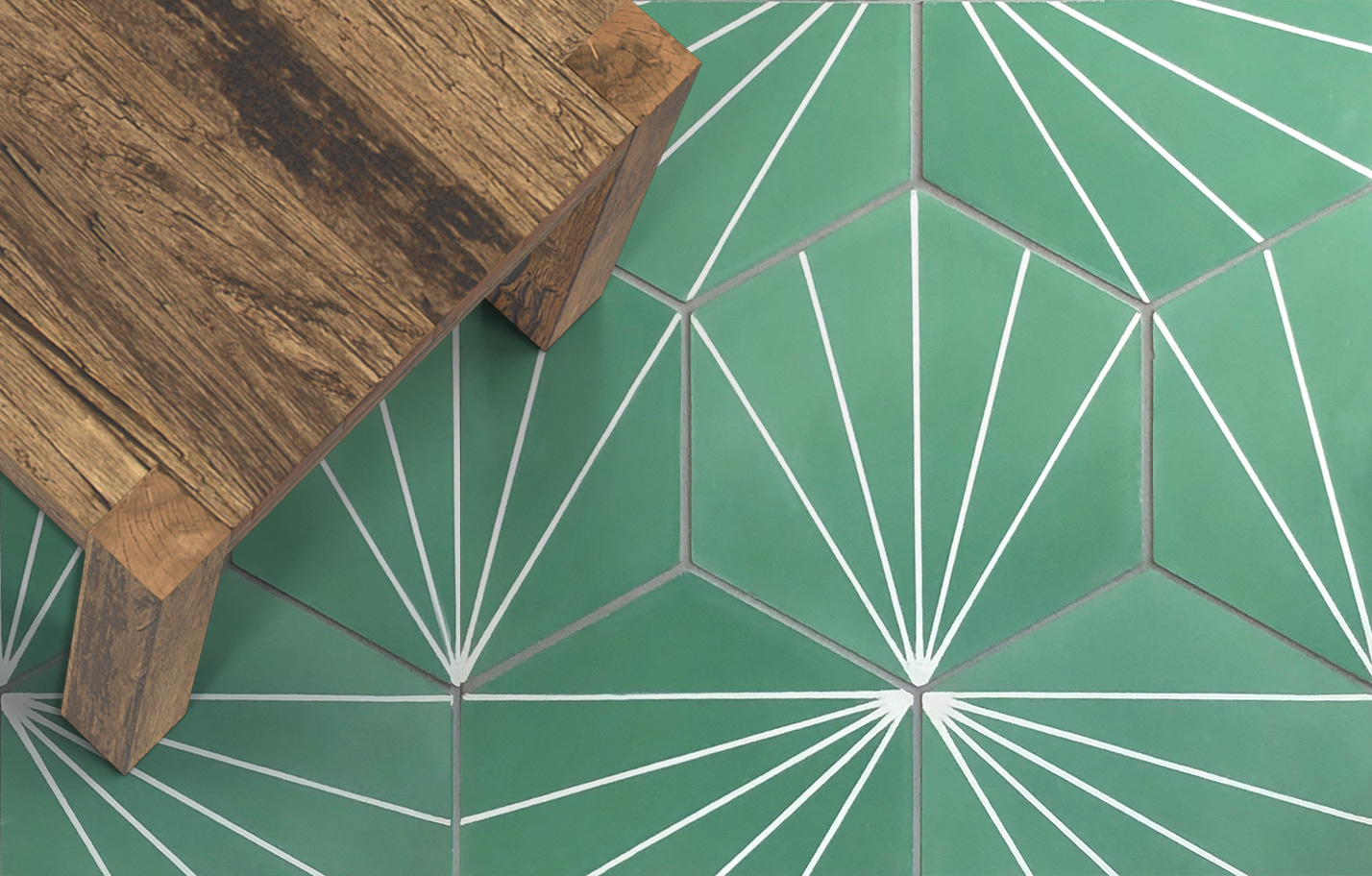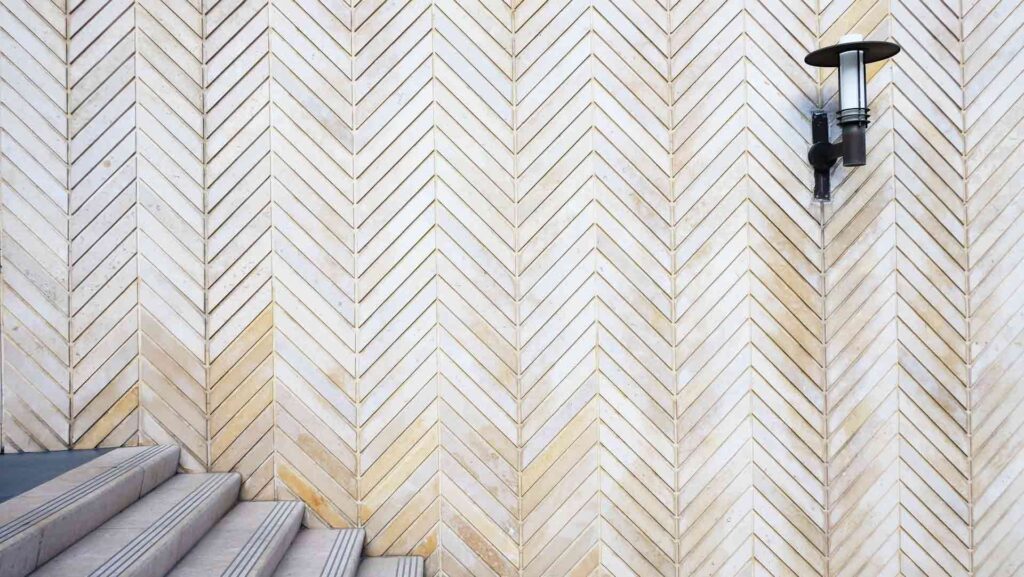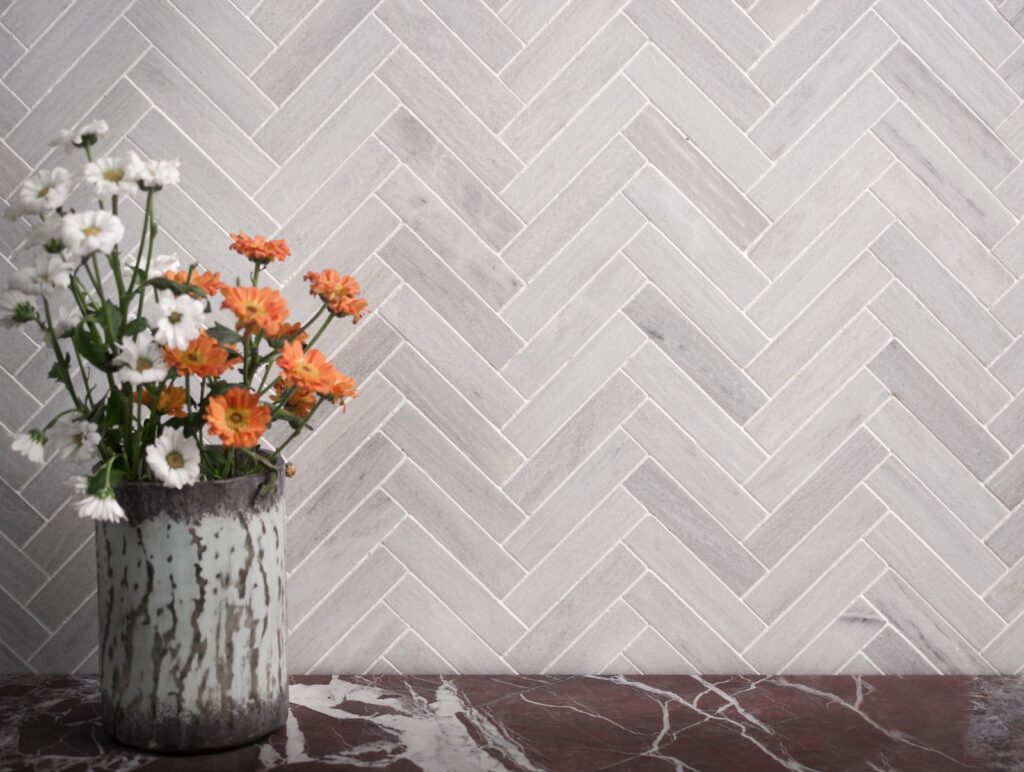Consider these benefits and tips when selecting herringbone tiles

With summer drawing to a close, this is the time of year when people begin planning an overhaul of their long-neglected herringbone tiles areas, particularly in preparation for another long, drawn-out winter.
As a homeowner, there is no better time to reintroduce love to your neglected garden, preparing it in preparation for another BBQ season, drinks, or some simple al fresco time with family, friends, and neighbors.
Although redesigning your backyard may seem intimidating, transforming it into a summer oasis is simpler than you think.
Whether you have a large or small garden, include herringbone tiles in your garden décor may be both elegant and useful. Herringbone tiles may help define the boundaries of your garden and create distinct areas for various garden activities.
Herringbone tiles are highly adaptable garden materials, whether you want a flat place for a garden table, a sunbathing deck, or slip-resistant tiles around your pool.
There are several advantages to herringbone tiles, so let’s have a look at a few of them.
Slip-resistant characteristics
When wet, wood or plastic decking may be very slippery, significantly increasing the risk of slip-and-fall incidents.
That is why covering your outdoor surfaces with reduced slip tiles may be a safe and attractive solution to this issue. All of Tile Giant’s herringbone tiles have a least R10 rating, with many surpassing this, assuring a balance of visual quality and vital safety.
Flow from inside to outside
If you’re attempting to make a smooth transition between your interior and outdoor living spaces in your house, herringbone tiles may assist you.
Utilizing the same or similar tiles as the floor tiles inside your house or addition may assist in creating a consistent transition between internal and exterior regions.
This movement, however, does not have to be confined to your floor tiles; we carry a number of complementary floor and wall tiles that may be utilized to assist create even more consistency and flow between your indoor and outdoor areas.

Tiles with a texture
Creating the perfect aesthetic for your outdoor area is inextricably linked to the texture of the tiles you chose. A significant advantage of herringbone tiles over other garden materials is that they are available in a variety of distinct textures depending on their intended purpose.
Porcelain tiles are very durable, withstanding severe wear and tear. At twice the thickness of a regular interior tile, our 20mm herringbone tiles are engineered to survive the worst weather conditions.
Porcelain tiles are far more scratch resistant and durable than genuine stone or concrete.
Because your outside area reflects more of your personality, it is only reasonable that you pay attention to the tiniest aspects of your external claddings. herringbone tiles have been around for a long time but with little excitement; now, times and technology have changed.
Herringbone tiles in the past were only used for utility purposes and lacked the exuberance and aesthetics that they currently provide. With advancements in technology and design, your outdoor patio tile is not only durable but also gorgeous. However, given the size and the degree of stress imposed by the weather or footfall traffic, there are particular criteria to follow when it comes to herringbone tiles in order to minimize ongoing difficulty or upkeep.
Outside flooring tiles have grown in popularity in recent years, owing to advancements in tile manufacturing technology. Today, homeowners have a plethora of types and variations to choose from. If you are unsure of what to look for, selecting the appropriate kind of floor might be challenging.
Suggestions for Purchasing Herringbone Tiles
The kind of tiles you purchase will be decided by their intended use and location. We’ve attempted to present a comprehensive guide on selecting herringbone tiles in order to help you make the most of your outdoor area.
Durability
Durability is a critical issue to consider when selecting outdoor floor tiles or outdoor deck tiles. Many people ignore the strength of the tile, which is a significant omission. In comparison to interior tiles, outdoor patio tiles should be more resistant to scratches, cracks, and other long-term damage that is likely to occur due to the location. Herringbone tiles must be robust enough to withstand harsh conditions and substantial wear & tear.
Choose an easy-to-maintain item.
When selecting herringbone tiles, it is essential that they be simple to keep and clean. Due to their position, they will get more foot traffic and dirt transfer; you do not want to be cleaning your outdoor floor tiles every other day.

Resistance to Slippage
When aesthetics takes precedence over utility, one may find oneself regretting more often than necessary. Each day, the outside tiles are exposed to your movement, and occasionally you’re in a rush to go off or in. Slip resistance elements aid in this case, ensuring your safety.
Climate Conditions
Another significant factor to consider is the weather. Is the weather very hot? Is your location directly exposed to the sun? Is the climate humid throughout the year? Is it too cold? Is it often raining in your region?
All of these concerns must be addressed; there are a plethora of outdoor wall and floor tile possibilities, each with its own significance and utility. Determining the conditions it will have to withstand is critical; for example, if it rains often, you should choose outdoor porcelain tiles with a low porosity that effectively repels water. Ceramic outdoor stone tiles, on the other hand, may be preferable in warmer temperatures.

Your Residence’s Design
One of the most critical factors to consider when selecting herringbone tiles is the style or theme you want to achieve. With the proper selection of outdoor patio tiles, one may obtain a variety of designs or appearances. For instance, you might combine the same kind and quality of outside wall tiles used within to create a seamless projection that makes the area seem bigger than it really is.
If you like a more rustic and natural aesthetic, you may choose for comparable outdoor travertine tile or outdoor stone tile. Combine patterns – outdoor mosaic tiles may perform better in a continental garden than classic tile designs.
Types of Tiles
When it comes to tile kinds, there are a plethora of alternatives. After you’ve considered the aforementioned considerations and determined your precise requirements, it’s time to pick the sort of tile that will work best for your area. Whether it’s marble, natural stone, slate, ceramic, or porcelain tiles, each has its own set of pros and limitations, and you’ll be able to find the ideal mix of attributes.
For instance, a ceramic tile offers far more possibilities in terms of color, pattern, and finish, but may be more fragile than genuine stone or porcelain tiles. Similarly, the thickness of the outdoor patio tiles matters, as heavier tiles should be used in areas with high usage, and comparatively thinner tiles should be used in regions with low activity. Click here to get more about creative backyard design ideas for the outdoor appeal.
Choosing the Most Appropriate Designs and Colors
After selecting the appropriate tile type, you should decide on the best design and color scheme for your herringbone tiles. As with outdoor deck tiles, a wood finish design may be the ideal choice, and outdoor porcelain tiles may provide a range of possibilities.
Consider the quantity of light that the room gets when choosing the color; you may like to create a sad atmosphere by using darker colors in areas with less light, or you may wish to create a contrast of mood by using bright color herringbone tiles in darker areas and vice versa.
